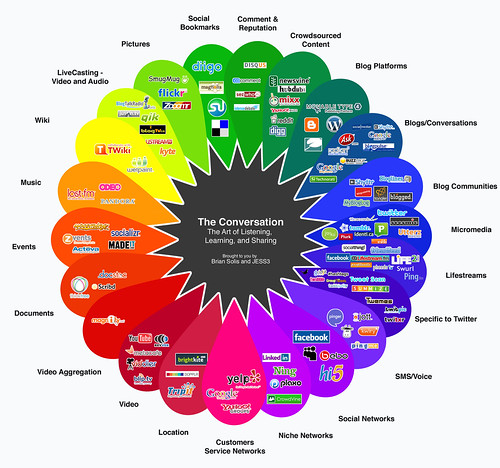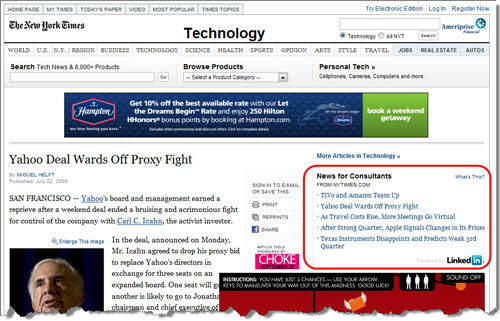Living Networks – Chapter 6: Network Presence – Harnessing the Flow of Marketing, Customer Feedback, and Knowledge
Download Chapter 6 of Living Networks on Network Presence
Every chapter of Living Networks is being released on this blog as a free download, together with commentary and updated perspectives since its original publication in 2002.
For the full Table of Contents and free chapter downloads see the Living Networks website or the Book Launch/ Preface to the Anniversary Edition.
Living Networks – Chapter 6: Network Presence
Harnessing the Flow of Marketing, Customer Feedback, and Knowledge
OVERVIEW: Today, your company’s success depends on how well it builds its network presence in three key domains:
• Marketing, which is now mainly about influencing the flow of messages through consumer networks;
• Customer feedback loops, that tightly link a company and its customers, enabling them together to constantly create more value;
• Work processes and knowledge, that flow through the networks of workers within and beyond the firm.
The idea of the ‘network presence’ of organizations is still very relevant today. Still today not many companies truly have a strong presence in the social networks of consumers and customers, even though much progress has been made over the last five years.
The first space, where there probably has been the most movement so far, is in marketing. Marketing using social network approaches is now mainstream, though a nascent idea back in 2002. I opened with the example of the online marketing for Lord of the Rings, which took advantage of the strong social cohesion of the book’s fan base. While the concept of the ‘meme’ seems to have lost traction over the last years, I still think it is enormously relevant. I wrote:


